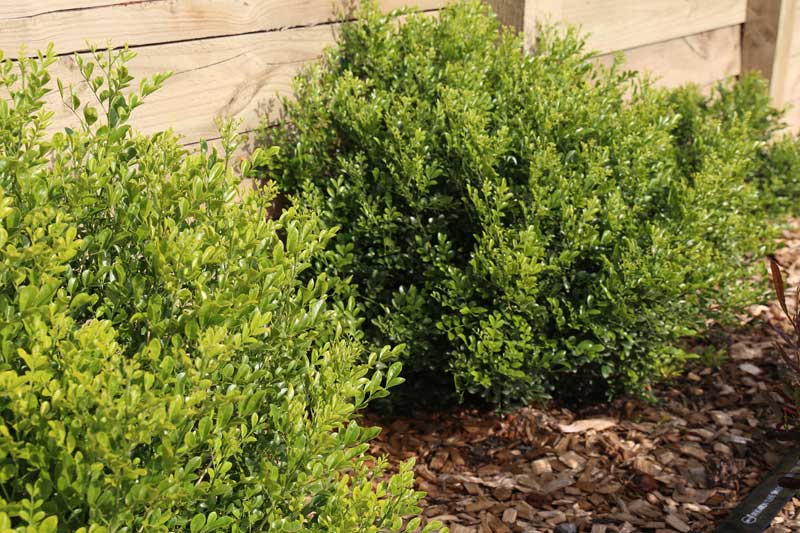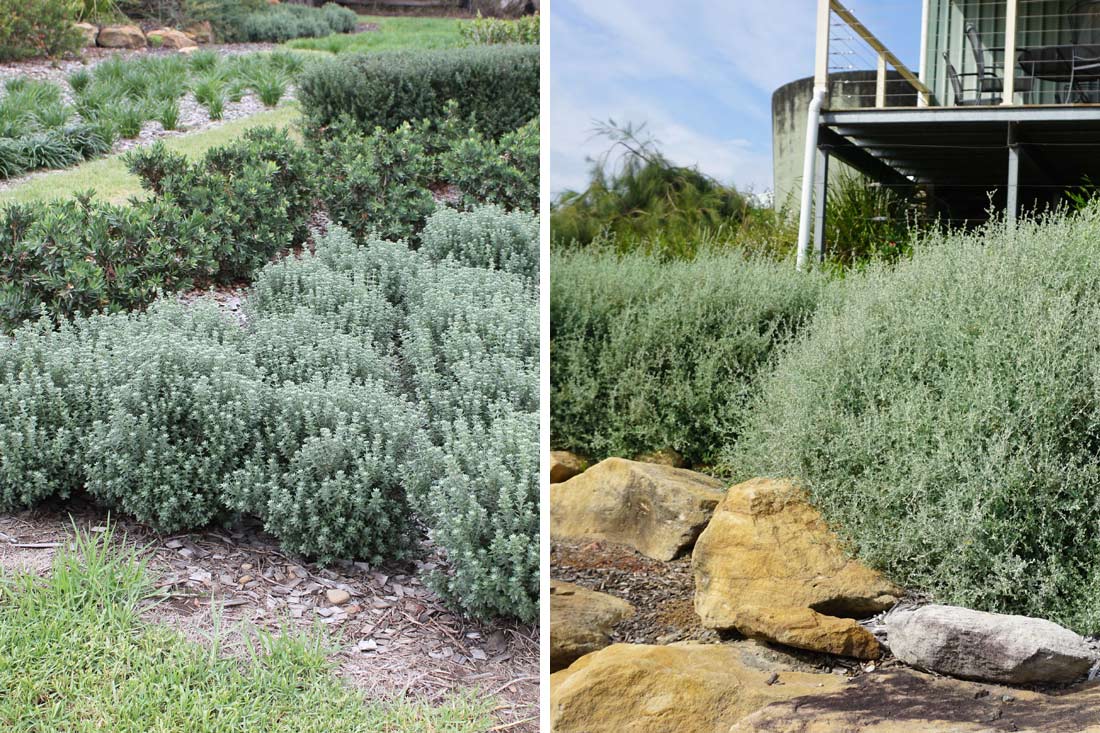When considering the best compact Murraya for your garden, Sweet Privacy™ and ‘Min a Min’ stand out as two exceptional choices. Both offer unique advantages for those seeking slow-growing, low-maintenance solutions. Whether you’re creating a lush hedge or adding structure to a small garden space, understanding the differences and benefits of these two varieties can help guide your decision.

Understanding Murraya paniculata
Murraya paniculata, commonly known as mock orange, is cherished for its fragrant flowers and glossy foliage. However, traditional varieties can grow vigorously, requiring frequent pruning. This is where compact options like Sweet Privacy™ and Min a Min become invaluable, offering the beauty of Murraya with minimal upkeep.
Sweet Privacy™ Murraya paniculata ‘MP01’ PBR: The Taller Choice
Sweet Privacy™ Murraya https://www.ozbreed.com.au/plant-ranges/hardy-exotic-range/sweet-privacy/ is renowned for its moderate growth rate and eventual height, reaching between 1.8 to 2.5 metres. It is the ideal choice for those desiring a taller screen or hedge without the constant maintenance of common murrayas. Its beautiful white flowers appear in spring, late summer, and early autumn, providing prolonged periods of interest in the garden.
One of Sweet Privacy™ Murraya’s standout features is its low maintenance requirement. Unlike common types, it only needs pruning 2-3 times a year to maintain a compact shape, making it a fantastic option for busy gardeners. Compare that with needing pruning every 4 -6 weeks for common types in some climates. It adapts well to both full sun and part shade, thriving in most soil types. This variety is perfect for creating privacy screens or as a specimen shrub.

This photo shows both plants, with ‘Min a Min’ at the front, and Sweet Privacy™ in the back. You can keep Sweet Privacy™ Murraya at this size, or allow it to grow into a taller screen.
‘Min a Min’: The Compact Performer
As a dwarf variety, ‘Min a Min’ grows to just 1 metre in both height and width. This makes it suitable for low-growing hedges, border edges, and even container gardening – however, it’s too short to work as a screen. Its foliage is a bright lime hue, similar to Sweet Privacy™ Murraya, and it produces delicately scented flowers in spring and summer, albeit smaller and lighter-scented than those of traditional Murraya.
Min a Min is also a low-maintenance Murraya, requiring minimal pruning due to its naturally compact habit and slow growth rate. It thrives in warm, frost-free locations with full sun, making it suitable for various garden settings.
Choosing the Best Compact Murraya
When choosing between Sweet Privacy™ and Min a Min, consider the size and purpose of your garden space. Both options are slower-growing than common forms, meaning they need much less pruning to maintain their shape.
If you’re looking for a taller, slightly faster-growing option, or you’d like to create a screen, Sweet Privacy™ is the best compact Murraya. Its slightly faster growth rate is beneficial for nurseries, allowing them to produce mature plants more swiftly.
Conversely, Min a Min is a good choice for low borders due to its smaller size. Nurseries should keep in mind that while both varieties are slower-growing than common forms, Min a Min has the slowest growth rate out of the two varieties mentioned in this article.

If you’d like a larger screen, go for Sweet Privacy™ Murraya as it’s much taller than ‘Min a Min’.
Conclusion
Both Sweet Privacy™ and ‘Min a Min’ provide the elegance and fragrance of Murraya without the hassle of constant maintenance. Whether you’re seeking to create a lush, tall screen or a charming, compact hedge, these varieties offer the best of both worlds. By selecting the right Murraya for your garden’s needs, you can enjoy a beautiful, fragrant landscape with ease.





